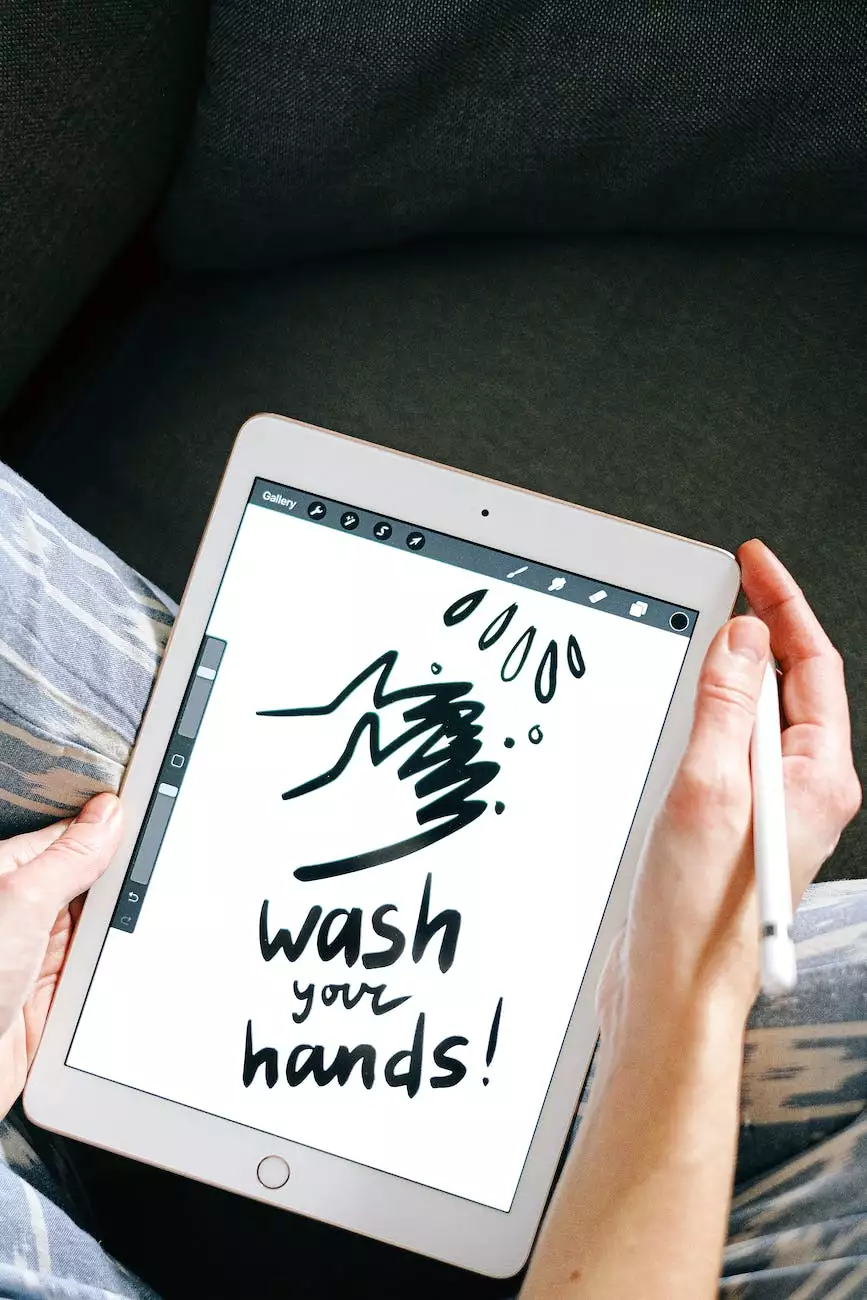4 Ways A UX Designer Helps You Deliver A Better Product Experience
Blog
In the competitive realm of digital marketing, creating a compelling and user-friendly product experience is paramount to success. To achieve this, businesses often turn to User Experience (UX) designers. With their expertise in understanding user behaviors, preferences, and needs, a UX designer plays a crucial role in enhancing the overall product experience. In this article, we will explore four key ways a UX designer can help you deliver a better product experience for your target audience.
1. User Research and Analysis
A UX designer's journey begins with comprehensive user research and analysis. By conducting in-depth research, they gain valuable insights into the target audience's motivations, goals, and pain points. This information is then used to create user personas, which serve as fictional representations of your ideal customers. Through user interviews, surveys, and analytics data, a UX designer can understand user behavior patterns and preferences, allowing for informed decision-making and optimized user experiences.
2. Information Architecture and Wireframing
Once the user research phase is complete, a UX designer moves on to information architecture and wireframing. Information architecture involves organizing and structuring the content, ensuring a logical and intuitive flow of information for users. By creating sitemaps and user flow diagrams, a UX designer defines the relationships between different elements and pages, facilitating seamless navigation.
Wireframing, on the other hand, visualizes the skeletal framework of the product. It focuses on layout and functionality, excluding the aesthetic elements. A well-designed wireframe ensures that the product's interface is user-friendly, allowing users to easily understand and navigate through the application or website.
3. Interactive Prototyping and Usability Testing
Interactive prototyping is a crucial step in the UX design process. It involves creating a high-fidelity representation of the product using interactive elements, allowing users to experience the interface's functionality. This stage helps identify potential user pain points and enables iterative improvements to achieve an exceptional user experience.
Usability testing further enhances the product's effectiveness by gathering valuable feedback from real users. By observing and analyzing user interactions, a UX designer can uncover usability issues and make data-driven refinements. Incorporating user feedback early in the design process ensures that the final product meets user expectations and delivers a seamless experience.
4. Visual Design and Branding
While the primary goal of a UX designer is to optimize the user experience, visual design and branding are also vital components of a successful product. A well-designed, aesthetically pleasing interface enhances user engagement and builds trust in your brand. By leveraging their understanding of visual hierarchy, color psychology, and typography, a UX designer collaborates with graphic designers and front-end developers to craft visually appealing interfaces that align with your brand identity.
Through careful consideration of layout, color schemes, and overall aesthetics, a UX designer ensures that your product resonates with your target audience and reinforces your brand image.
In Conclusion
In today's fast-paced and competitive digital landscape, delivering a better product experience is essential for business success. By leveraging the expertise of a UX designer, you can gain a competitive edge by creating optimized user experiences that leave a lasting impression. Rossi Marketing, a leading digital marketing agency specializing in business and consumer services, offers comprehensive UX design services. With their team of experienced UX designers, they can help you take your product experience to the next level. Contact Rossi Marketing today to discuss how they can help you deliver a better product experience and drive business growth.










